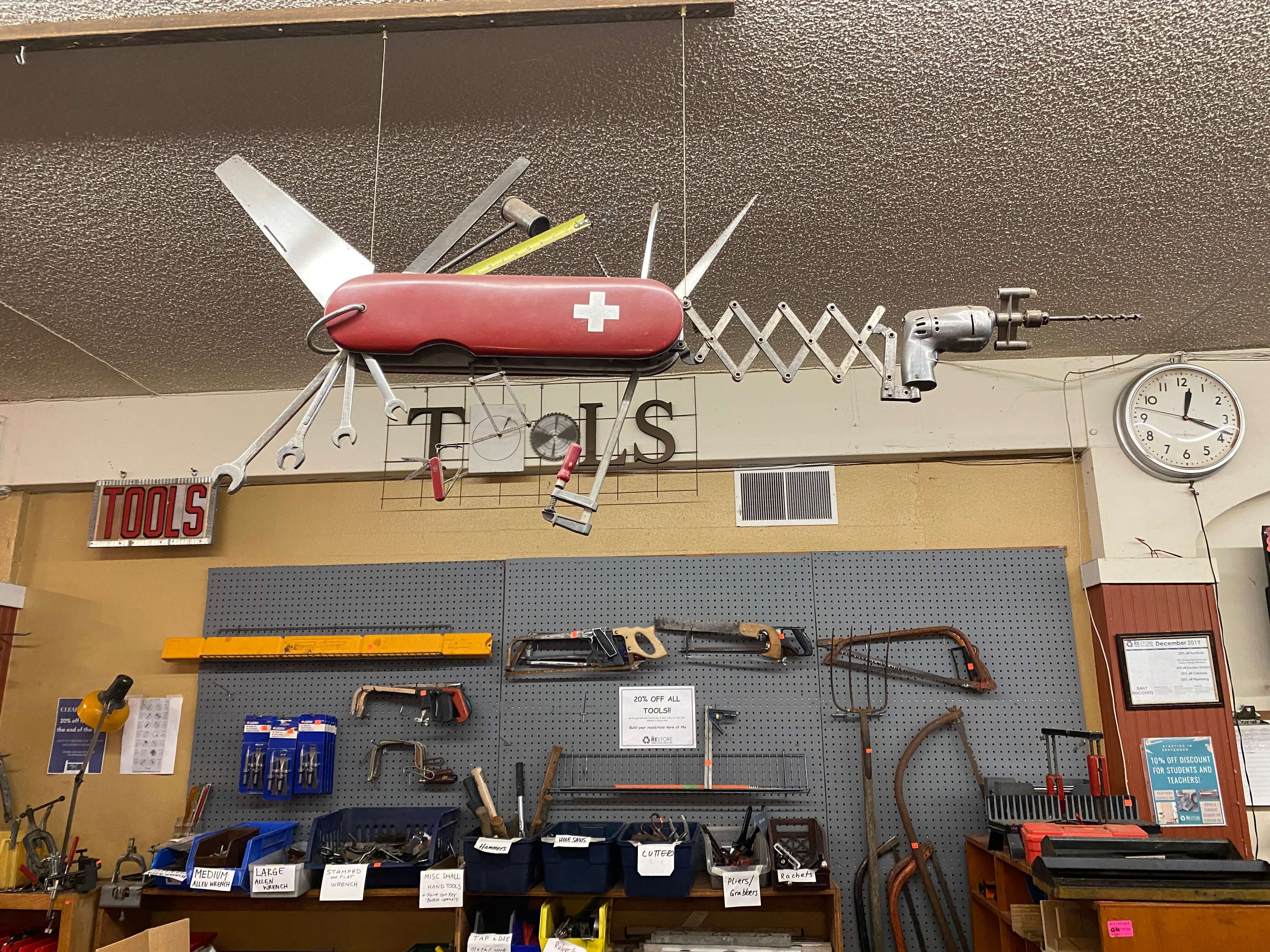
Whether you’re installing new windows or building a shelf, you need the right tools for the job. But purchasing new tools can quickly drain your budget. We suggest shopping for second hand tools.
Regardless of which tools are on your list, keep these things in mind:
Stay within budget
Yes, saving money on a pry bar now means you can buy a sawzall later, but don’t get carried away. If you don’t need that odd or duplicate tool, don’t buy it!
Name brand vs. quality
Those two don’t always go hand in hand. Do you research on the tools you’re shopping for to get an idea of which brands and tools are a good deal buying second hand and which you should buy brand new. If a tool failure can result in severe injury, spend the money.
You get what you pay for
Just because the tool you have in mind is second hand, doesn’t mean it will be dirt cheap. Some brands and tool lines have made a name for themselves and they’ll hold their value – and quality – even when second hand.
Pay attention to safety and operating features
If you’re shopping for a power tool, ensure that the power supply, housing and guards are crack and damage free. If a saw is missing it’s guards, it may not be the one for you. If a sander has burn marks, you don’t need (or want) it.
Test it’s character
Old tools often have character, but you’ll need to test it to ensure it also has plenty of life left. If it’s a power tool, plug it in and give it a listen. If it’s a ratchet, properly torque it and see how it holds. Use your senses. Does the motor sound smooth and free of grinding or rubbing sounds? Do moving parts move as they should? Is there something moving that shouldn’t be? Do you feel any odd vibrations or movements? Do you smell anything you shouldn’t?
Part of our 2020 New Years resolutions are to overhaul cluttered departments. The tool department is first on our list. If there’s something specific you’re looking for ask us!
